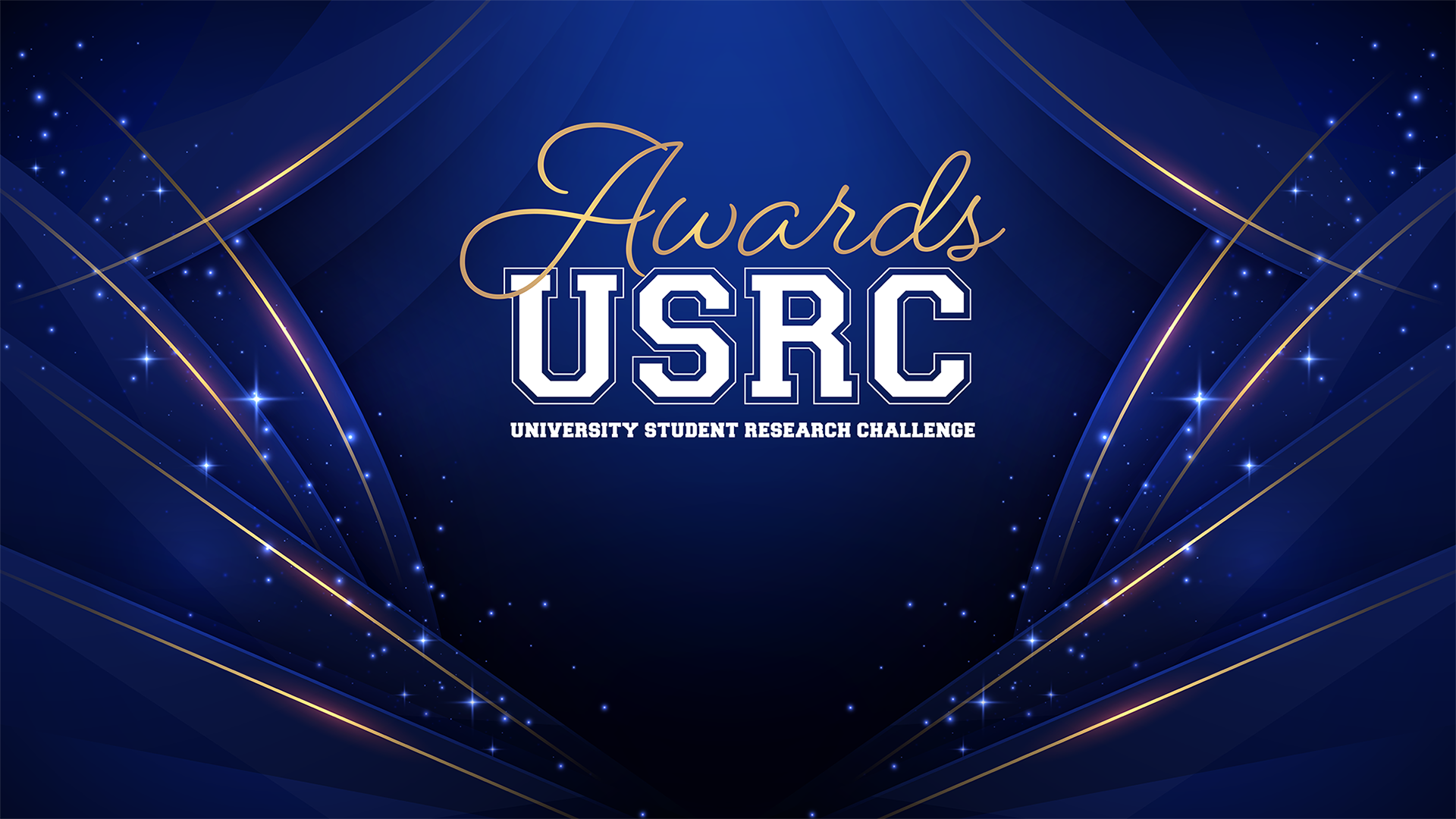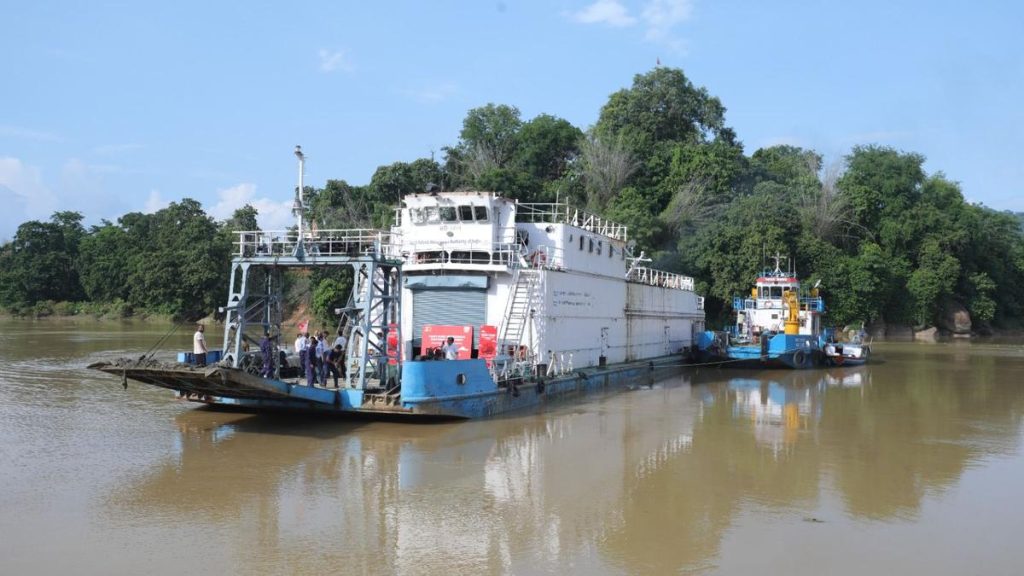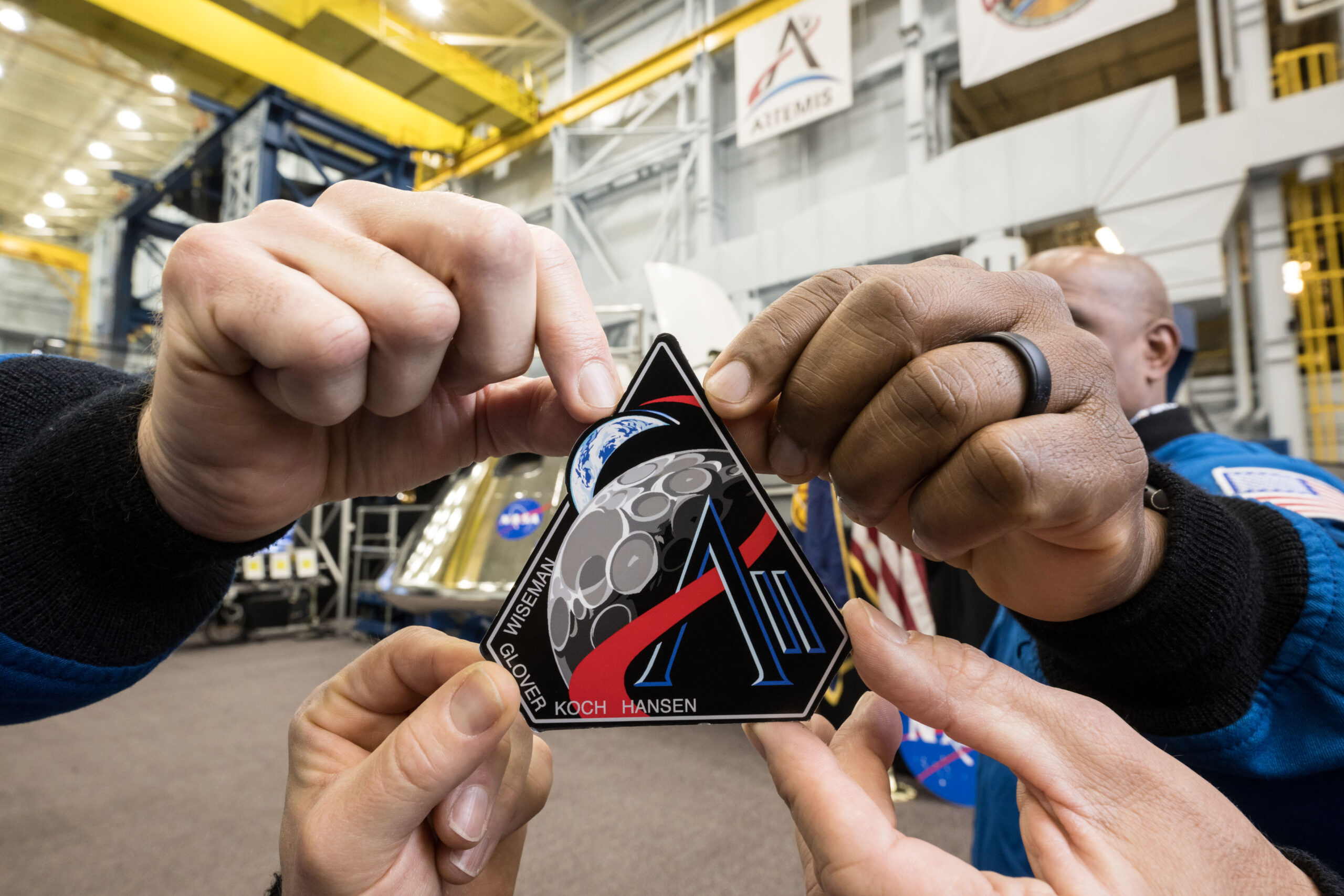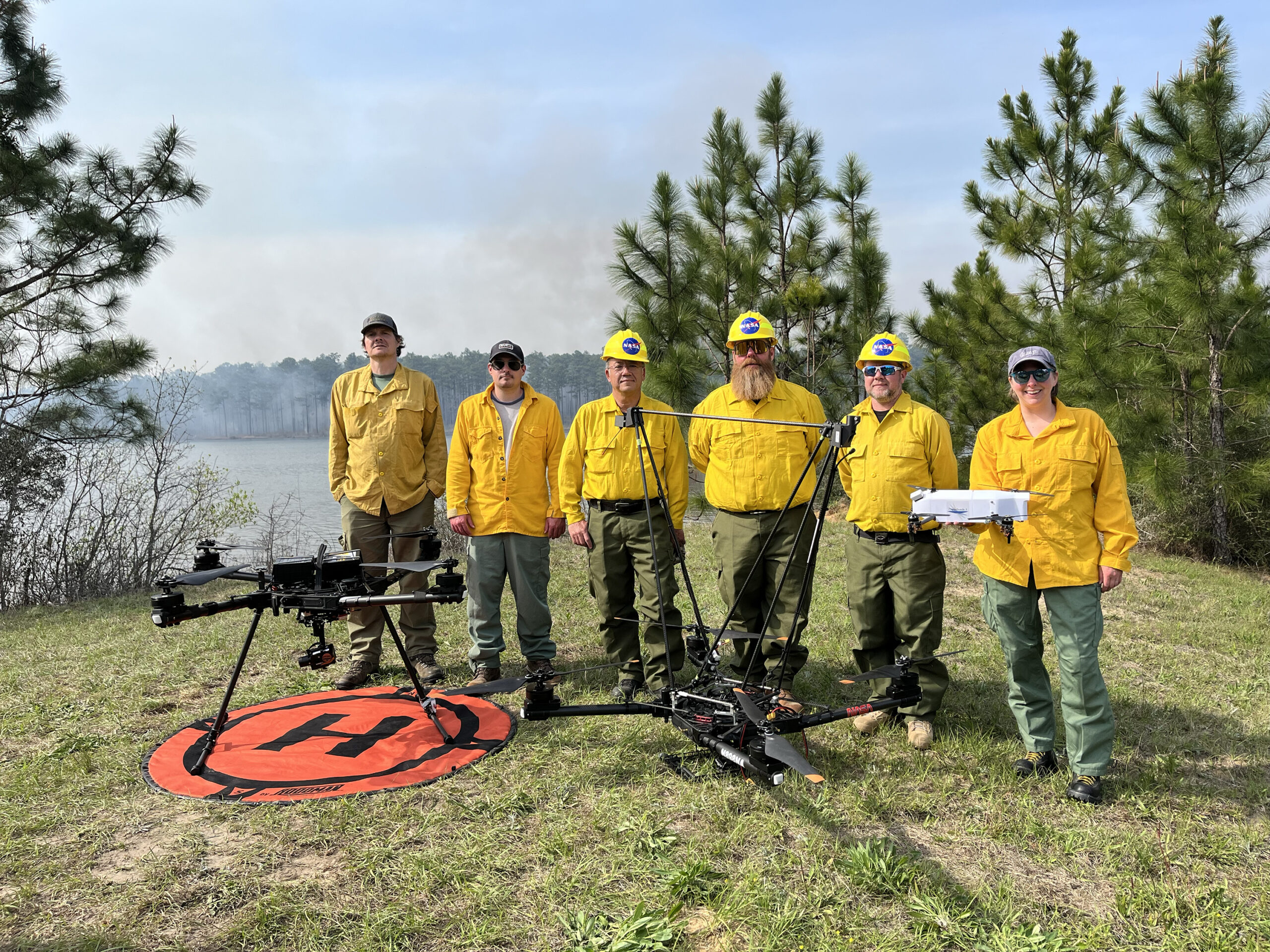Now Reading: USRC Awards Recognize Outstanding Student Research
-
01
USRC Awards Recognize Outstanding Student Research
USRC Awards Recognize Outstanding Student Research

Rapid Summary
- NASA’s University Student Research Challenge (USRC) invites U.S.-based college students to innovate aeronautics-related technologies. Students receive grants and must raise additional funds via crowdfunding, fostering entrepreneurship.
- Eligible institutions include accredited universities, four-year colleges, community colleges, and other two-year programs. Teams can be of any size based on project scope.
- USRC Proposal submission: Closed currently; next deadline is June 26, 2025. Info session scheduled for May 12, 2025, at 2 PM ET.
Selected Projects (highlight Examples):
- Texas A&M University: Cybersecurity solutions for future UAS systems.
- North carolina State University: Designing drones for hurricane relief operations.
- Cornell University: Enhancing human-drone teaming in shared airspaces.
Other innovative concepts:
- Water-fueled hydrogen drones by Purdue University
- GPS-free navigation techniques from the University of Texas
- Swarm UAV mapping systems developed at Embry-Riddle Aeronautical University
For more details on individual projects and crowdfunding links: Source
Indian Opinion Analysis
The USRC initiative represents a unique convergence of student ingenuity and research-oriented entrepreneurship, encouraging technological advancements critical to aerospace innovation globally. While specific focus lies in areas like drone technology and eVTOL platforms-a growing domain-this programme also fosters valuable academic-industry partnerships.
India could benefit greatly from studying similar models to bolster its aerospace sector through educational funding schemes that promote widespread participation across various institutional levels (such as IITs or other technical universities). Adoption of such collaborative frameworks would energize India’s own ambitions in aviation sustainability-especially given ongoing UAV developments locally focused on agriculture or disaster management tasks.
This challenge brings cutting-edge research into practical implementation but insists teams navigate real-world constraints like fundraising publicly-an essential skill that often goes unnoticed in traditional education structures worldwide.Quick Summary
- Several university teams across the United States have been recognized for innovative drone and unmanned aerial system (UAS) projects, many of which were awarded NASA research grants.
- Projects included advancements in drone delivery systems, hybrid aircraft powertrains, automated fabrication for UAS, and enhanced GPS navigation methods.
- Notable projects:
1. Notre Dame Team developed a “scoop-and-grab” drone technology.
2. Michigan State University (AIDED) created high-payload drones capable of charging on public transit systems.
3. Cornell university’s AMAS Team worked on machine-learning-driven quality control in additive manufacturing.
4. Other universities also showcased cutting-edge work in areas like AI-based air traffic dialog and human-lifting UAVs.
For more details: NASA University Student Research Challenge
indian Opinion Analysis
India can draw inspiration from such student-led initiatives to spur innovation domestically, particularly as it seeks to modernize its aerospace and technology sectors under programs like Make in India or Startup India Mission. Establishing dedicated frameworks like NASA’s University Student Research Challenge could galvanize collaborative efforts among academic institutions, industries, and government bodies to foster indigenous R&D within emerging areas such as drone technologies or urban mobility solutions.
Additionally, examples of successful crowdfunding used by some U.S.-based teams highlight choice approaches that Indian startups or educational groups could adopt to gain capital for high-tech innovations without initial reliance solely on governmental schemes.
read more: NASA Website.Quick Summary
- The article discusses NASA’s Transformative Aeronautics Concepts Program (TACP), emphasizing advancements in aerospace research.
- TACP is focused on fostering innovation to address challenges and enhance aviation capabilities globally.
- Specific projects or awards under the program were not detailed in the provided text but likely involve cutting-edge aeronautical concepts.
- A link to NASA’s official page about the program is provided for further reading.
Indian Opinion Analysis
NASA’s commitment to transformative aeronautics research through initiatives like TACP showcases global leadership in aerospace innovation, which could indirectly impact India’s growing aviation and space industries by setting benchmarks for technological progress. As India continues its ambitious aviation advancements and space missions led by ISRO, observing programs like TACP may provide valuable insights into emerging trends that could help shape domestic strategies for lasting and advanced aeronautical systems.



























